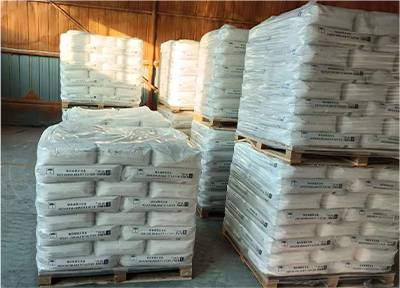
Novemba . 27, 2024 06:11 Back to list
Rutile TiO2 for Interior Wall Coating and Specialty Inks in Design Applications
The Versatility of Rutile TiO2 in Interior Design and Coatings
Rutile titanium dioxide (TiO2) is a compound that has garnered significant attention in various industries, especially in decorating and interior design. Its unique properties make it a preferred choice for wallpapers, interior wall coatings, and specialized inks. This article delves into the applications and advantages of rutile TiO2 across these sectors, highlighting its important role in enhancing both aesthetic appeal and functionality.
The Role of Rutile TiO2 in Wallpapers
Rutile TiO2 is widely used in the production of wallpapers due to its exceptional whiteness, opacity, and brightness. These characteristics come from its unique crystalline structure, which scatters light effectively. This allows wallpapers to retain their color vibrancy over time, resisting the dulling effect that many other materials experience. Additionally, the use of rutile TiO2 in wallpaper formulations improves durability, enabling them to withstand wear and tear, moisture, and UV radiation.
In the context of interior design, wallpapers featuring rutile TiO2 offer versatility in design. They can be printed in various textures and patterns, making them suitable for different aesthetic preferences—from modern minimalism to classic elegance. Moreover, these wallpapers are easy to clean, ensuring that homes maintain a fresh look without the need for constant replacement.
Interior Wall Coatings
In addition to wallpapers, rutile TiO2 plays a crucial role in the development of interior wall coatings. These coatings not only enhance the visual appeal of a space but also provide protective features. The incorporation of rutile TiO2 in paints and coatings ensures a high level of opacity, allowing fewer coats to be applied while achieving a rich, even finish.
Wall coatings using rutile TiO2 are often favored for their exceptional durability and washability, as they resist fading and staining over time. This is particularly beneficial in high-traffic areas or spaces prone to humidity, such as kitchens and bathrooms. Enviro-friendly formulations that incorporate this compound also exist, catering to an increasing demand for sustainable design solutions. These products ensure that beautifying a space doesn't come at the cost of environmental well-being.
rutile tio2 wallpaper, interior wall coatings, ink special purpose rs103 rs106

Specialized Inks with Rutile TiO2
The utility of rutile TiO2 extends into the realm of specialized inks, where it is used to enhance color quality and performance. Inks that contain rutile TiO2 exhibit superior opacity and brightness, making them ideal for printing applications, including digital printing, packaging, and high-quality labels. The pigment contributes to the overall durability and fade resistance of these inks, ensuring that printed materials maintain their visual appeal over time.
This application of rutile TiO2 is particularly beneficial in industries where branding and visual impact are paramount. Companies seeking to create striking packaging or promotional materials often rely on the reliable qualities of rutile TiO2 to deliver both aesthetic excellence and lasting impressions.
The Future of Rutile TiO2
As the demand for high-quality and sustainable building materials continues to grow, the spotlight on rutile TiO2 is likely to shine even brighter. Innovations in technology and formulations could lead to even more exciting applications that harness the powerful properties of this naturally occurring compound.
Manufacturers are continually researching new avenues to integrate rutile TiO2 into eco-friendly products that not only enhance aesthetics but also promote environmental sustainability. The move towards more sustainable living spaces positions rutile TiO2 as a vital asset in the development of contemporary interior designs.
In conclusion, the importance of rutile TiO2 in wallpapers, wall coatings, and specialized inks cannot be overstated. Its unique properties contribute to durability, vibrancy, and environmental benefits, making it an essential material for modern interior design and functionality. As trends evolve, the potential for rutile TiO2 in creating beautiful, sustainable spaces will only continue to expand, affirming its place as a cornerstone of contemporary design practices.
-
13463-67-7 Titanium Dioxide Using for Coating Supplier – High-Quality Rutile TiO2 for Paints
NewsJul.26,2025
-
High-Quality Titania TiO2 from Leading China Suppliers & Factories
NewsJul.25,2025
-
High Quality Titania TiO2 from Leading China Manufacturer and Supplier
NewsJul.24,2025
-
High-Quality Titanium Dioxide 298 for Versatile Industrial Applications
NewsJul.23,2025
-
High-Quality Titanium Dioxide for Pigments & Industrial Applications
NewsJul.22,2025
-
Premium Titanium Dioxide E Grade | Bright & Cost-Effective
NewsJul.21,2025
